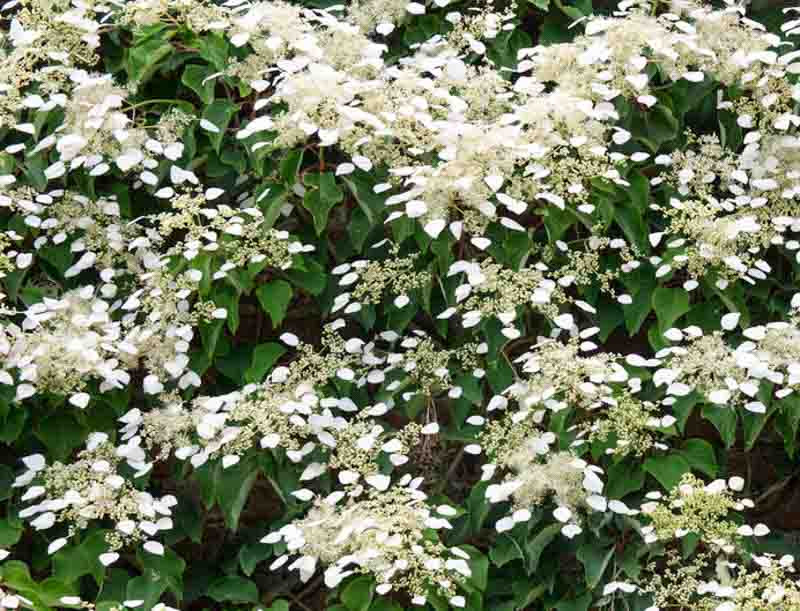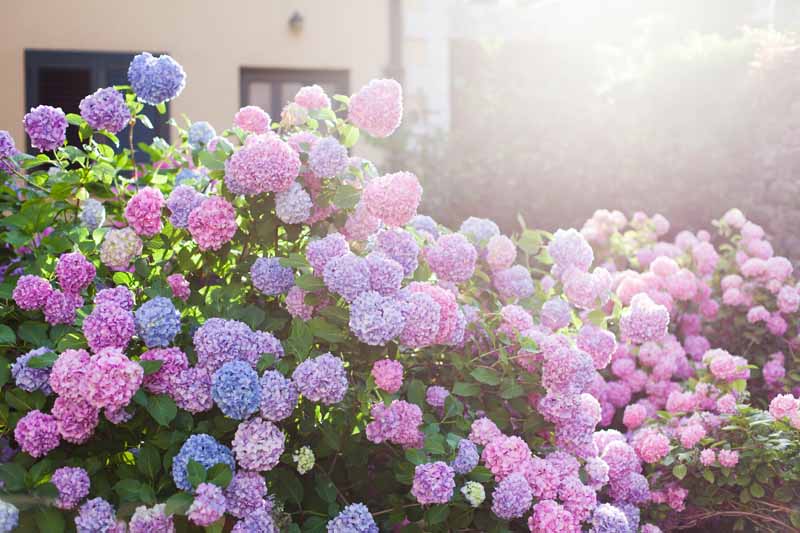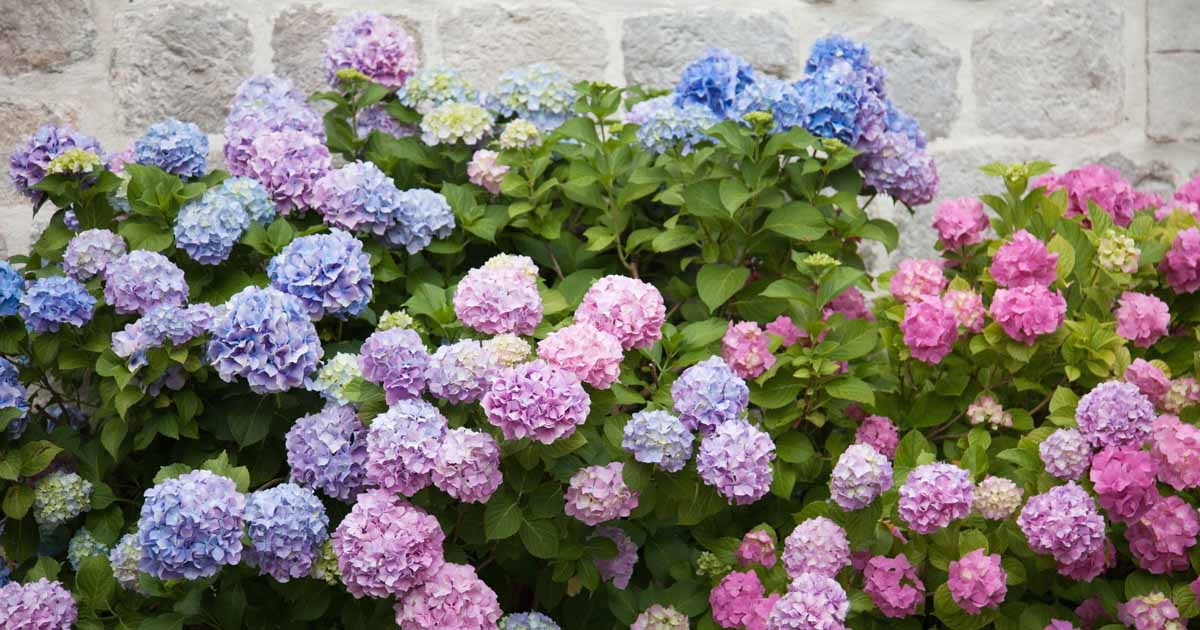The Climbing Hydrangea That Will Bloom Your Home
The Climbing Hydrangea That Will Bloom Your Home
Climbing hydrangeas are a beautiful and versatile addition to any garden. They can be grown on a trellis, fence, or even a tree, and their cascading blooms provide a stunning display of color. Climbing hydrangeas are also relatively easy to care for, making them a great choice for even beginner gardeners.
In this blog post, we will discuss everything you need to know about climbing hydrangeas, from choosing the right variety to planting and caring for your plants. We will also provide some tips on how to train your climbing hydrangeas to climb up a trellis or fence.
Choosing a Variety of Climbing Hydrangea
There are many different varieties of climbing hydrangeas available, so it is important to choose one that is suited to your climate and growing conditions. Some popular varieties include:
- Hydrangea anomala petiolaris: This is the most common variety of climbing hydrangea. It is hardy in zones 4-9 and produces white flowers in the summer.
- Hydrangea seemannii: This variety is hardy in zones 8-10 and produces white flowers with a sweet fragrance.
- Hydrangea integrifolia: This variety is hardy in zones 6-9 and produces white flowers that bloom in the spring.
- Hydrangea petiolaris 'Miranda': This variety has variegated leaves with yellow and green margins. It is hardy in zones 4-9 and produces white flowers.
- Hydrangea petiolaris 'Skylands Giant': This variety is a fast-growing climber that can reach up to 60 feet in height. It is hardy in zones 4-9 and produces white flowers.
Planting Climbing Hydrangeas
Climbing hydrangeas should be planted in the spring or fall. They prefer a well-drained soil that is rich in organic matter. The planting hole should be twice as wide as the root ball of the plant. Backfill the hole with soil and water the plant thoroughly.
Caring for Climbing Hydrangeas
Climbing hydrangeas are relatively easy to care for. They need regular watering, especially during the hot summer months. They should also be fertilized once a year in the spring with a balanced fertilizer.
Climbing hydrangeas can be pruned in the spring to remove any dead or damaged branches. You can also prune them to shape them or to control their size.
Training Climbing Hydrangeas to Climb
If you want your climbing hydrangea to climb up a trellis or fence, you will need to train it. This can be done by tying the vines to the trellis or fence as they grow. You can also use wire or netting to help the vines climb.
It is important to start training your climbing hydrangeas when they are young. This will help them to develop the strong roots and stems they need to support their weight as they grow.
With a little care and attention, climbing hydrangeas can provide years of beauty and enjoyment. So why not add one to your garden today?
Hortensia petiolaris, also known as the climbing hydrangea, is a beautiful and versatile plant that can add a touch of elegance to any garden. It is a deciduous climber that can grow up to 30 feet tall, and its roots can cling to walls and other structures, making it a great choice for covering unsightly areas. The leaves of the climbing hydrangea are dark green and oval-shaped, and its flowers are white or creamy in color and bloom in late spring or early summer.
If you are interested in learning more about hortensia petiolaris, I encourage you to visit . This website has a wealth of information about the plant, including its care and growing requirements, as well as photos and videos of it in bloom. You can also find a list of nurseries that sell hortensia petiolaris near you.
FAQ of hortensia petiolaris
1. How quickly does hydrangea petiolaris grow?
Hortensia petiolaris grows slowly at first, but can eventually reach heights of 30 to 50 feet. It typically takes about 5 years for it to start developing flowers.
2. Where does hydrangea petiolaris grow best?
Hortensia petiolaris prefers moist but well-drained soil in shade or partial shade. It is hardy in USDA zones 4 to 8.
3. How do I care for hydrangea petiolaris?
Hortensia petiolaris is relatively low-maintenance. Water it regularly, especially during hot, dry weather. Fertilize it in spring with a balanced fertilizer. Prune it in late winter or early spring to remove dead or damaged growth.
4. How do I train hydrangea petiolaris to climb?
When you first plant hydrangea petiolaris, train the shoots onto a trellis or other support structure. The plant will eventually develop self-clinging aerial roots that will help it to climb.
5. What are some common pests and diseases of hydrangea petiolaris?
Hortensia petiolaris is relatively resistant to pests and diseases. However, it can be susceptible to scale, aphids, and powdery mildew. If you notice any pests or diseases, treat them immediately with an appropriate pesticide or fungicide.
Image of hortensia petiolaris
5 different images of "hortensia petiolaris" from Pinterest.com:





Post a Comment for "The Climbing Hydrangea That Will Bloom Your Home"